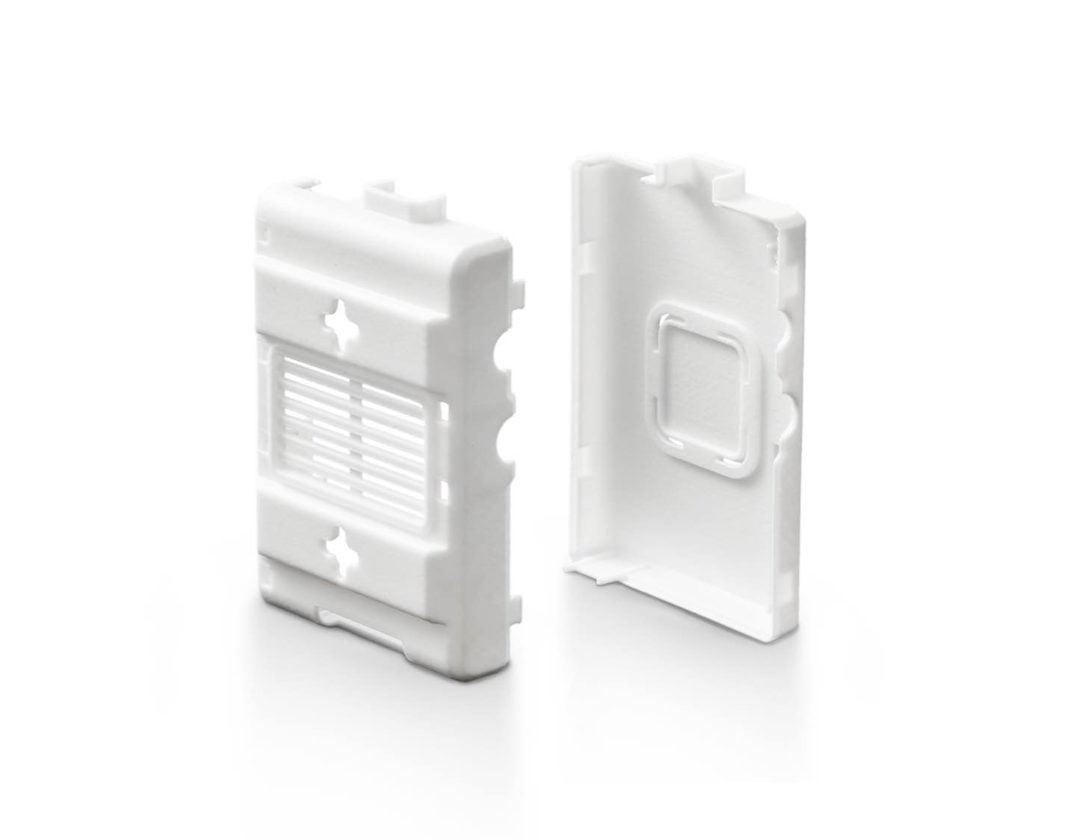
Generating a great design is one of the most exciting steps of product development, topped only by the final 3D print. Designers and engineers know the 3D design process is full of trade offs–whether in prioritizing aesthetics, strength, or expenses. When it comes to layer height for 3D printing, however, once you understand the concept, it is easier to plan during the modeling/slicing process and upload a 3D model with quality metrics.
Layer Height is a Critical Setting
3D printing is famous for its additive concept–rather than subtractive in cutting away at materials like metal in CNC Machining, for example. In additive manufacturing, the 3D part begins with an initial layer, applied to the print bed. One is applied after another, until the desired structure is complete. Within that process, layer height can be set to adjust the properties of a 3D printed part.
3D designers typically choose lower layer heights for aesthetic value, producing higher resolution and smoother surfaces which require more detailed work on the part of the 3D printer–resulting in longer print times. Increasing the layer height or thickness usually results in faster print times, with higher strength in parts and improved mechanical qualities.

Some Technologies Require More Attention to Layer Height in 3D Printing
The average layer height in a typical 3D printing technology like Stereolithography (SLA 3D printing) is 100 microns, with a minimum of 25 microns. Famous for accuracy and precision, the SLA 3D printing process offers strong adhesion between layers, presenting good structural integrity for parts, and superior dimensional accuracy. Engineers tend to design 3D models for SLA 3D printing technology when making smaller, detailed parts, as well as using lower layer heights for geometries that are curved and require a much smoother texture.
For SLA 3D printing, consideration of layer height is critical to each custom 3D printing project–especially due to the need for supports. Thinner layers, also more lightweight, are usually recommended for 3D models with intricate support structures, reducing the potential for collapse and offering better stability for bridges and overhangs.
3D printing technology like Selective Laser Sintering–with no requirements for support structures–usually already has an industrial layer height setting that is suitable for parts (usually around 100 microns too), whether a designer or engineer is performing rapid prototyping during product development or additive manufacturing for functional, end-use parts.

Project Requirements, Budget, and Post-Processing May Be Factors
Choosing a lower layer height must be weighed out as it will slow down the machine and add expense to the budget of any 3D printing project. That’s where the tradeoffs start to come into play, as some models may not require perfection in terms of surface quality, but some will. Others may not need extreme strength and durability for long-term, functional use. Post-processing is a consideration too, as parts that will be finished later, whether with dyeing, tumbling, sanding, or smoothing may require a higher layer height setting during 3D printing.
Efficiency is critical for optimizing any product for successful 3D printing–whether the intention is to make high-performing parts for sleek drones, an architectural model for an important client meeting, or a prototype that could serve as one of a hundred iterations during product development. Once a customer uploads a 3D model to Shapeways, it is automatically checked for common issues; however, the modeling process should be used to perfect a design as much as possible before analysis, avoiding texture or strength issues, and compensating for any possible areas of vulnerability ahead of time.
More complex geometries or special 3D printing projects may require additional attention from the User Application Team, where they specialize in bridging the gap between technology and communication.
“We are there to help with any and all questions about design and settings, materials, or processes that make our customers’ models come to life,” said Zach Dillion, User Application Team Lead at Shapeways.
About Shapeways
Enjoy the benefits of this advanced technology and a wide range of materials from Shapeways for 3D printing your creations with accuracy, complex detail, and no minimum or limits in terms of mass customization or single part orders. Shapeways has worked with over 1 million customers in 160 countries to 3D print over 21 million parts! Read about case studies, find out more about Shapeways additive manufacturing solutions, and get instant quotes here.


